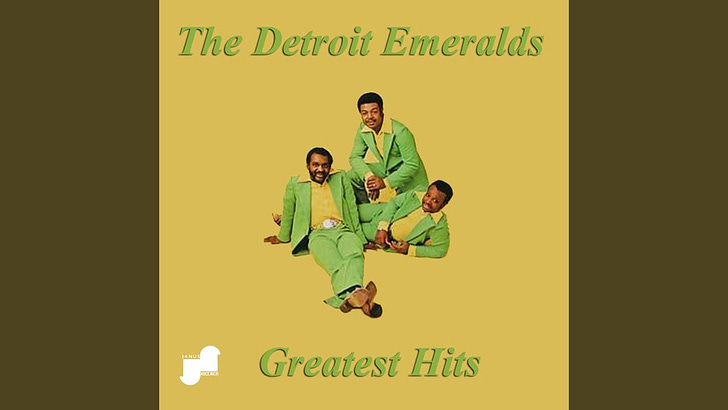After reading Dilla Time, I did a deep dive into Dilla's preferred sample sources, including the Detroit Emeralds. Here's one of their nastiest grooves:
I combined that opening groove with Charles Mingus and Vassily Kalinnikov to create one of my favorite of my own tracks.
According to WhoSampled.com, "You're Getting A Little Too Smart" has been sampled in a couple of hundred rap songs. I drove myself crazy trying to figure out which part everybody was sampling. Was it the second bar? If so, how did they get the bass out? Or was it the break after the first chorus? But then how did they remove the reverbed-out cowbell and clave?
The answer is that I was listening to the single, which is the wrong version of the song. The album version starts with eight bars of solo drums, a rich selection of killer breakbeats:
I can't find any information about this drummer. As far as I can tell, he was probably a member of a band called Chapter 8 that later became the launchpad for Anita Baker. Any information you may have is appreciated.
Anyway, I transcribed the opening parts of the song, and as with all my funk/soul/R&B charts, you can clearly hear which aspects of this music can be represented in notation and which can't. (I advise against listening to the MIDI rendition, it's astonishingly terrible.)
The two main things that my chart can't convey are microtiming and timbre. I won't talk about the sound of this recording except to say that it sounds huge and wonderful. But I will dig into the microtiming of the first two bars (not counting the intro.) In the first bar, the hi-hat on the "and" of one is a little late. The kick and hi-hat on the "and" of three are a little early. The hi-hat and snare on beat four are extremely late.
The second bar is closer to being perfectly metronomic. The kick on the sixteenth note subdivision before beat four is just a wee bit early, in a kind of anti-swing.
I associate this break with "The Light" by Common, one of J Dilla's finest productions. He chops the break and reshapes its sound extensively using (I assume) compression and EQ. He lays on piano and vocals from Bobby Caldwell, and plays his own lead and bass synths.
"The Light" is enough of a rap classic that many rap songs quote or interpolate it. Fun fact: the "digga da" part was supposed to just be a placeholder, some nonsense syllables that Common was saying until he thought of some lyrics. But he couldn't find anything that sounded better, so he kept it.
Here's my transcription of the beat from "The Light".
My friend Greg Somerville is a producer and audio engineer who has toured with Common as a playback engineer. He visited my New School classes last week and played us the Ableton session that Common uses for live performances of "The Light" with his (spectacularly great) band. Dilla's beat plays, along with a click that keeps everyone together during sections when it drops out. Greg and Common's music director carefully and intentionally keep the click a little earlier than Dilla's beat, rather than having the rhythmic grids align. Common and the band like this misalignment because it helps them feel the pocket; this practice is apparently common in the hip-hop world.
Let me talk a little more about my track above. It combines three elements: the saddest chord progression ever, some of the most explosively joyful jazz ever, and the Detroit Emeralds groove. The saddest chord progression is from Vassily Kalinnikov's Symphony No. 1. The joyful jazz is from "Better Git It In Your Soul" by Charles Mingus. I put these things together without any conscious plan or intention. I had the Detroit Emeralds intro looping and was trying different samples over it. The Kalinnikov and Mingus loops fit well together. It was only later, when I listened to my track while out walking around, that I realized why I chose these three particular samples. I'm getting a little too smart, thinking too much. I should be paying attention to how intense sadness interacts with funky, bluesy, soulful joy, how they make me want to dance. That seems like a wiser strategy than trying to think my way out.





